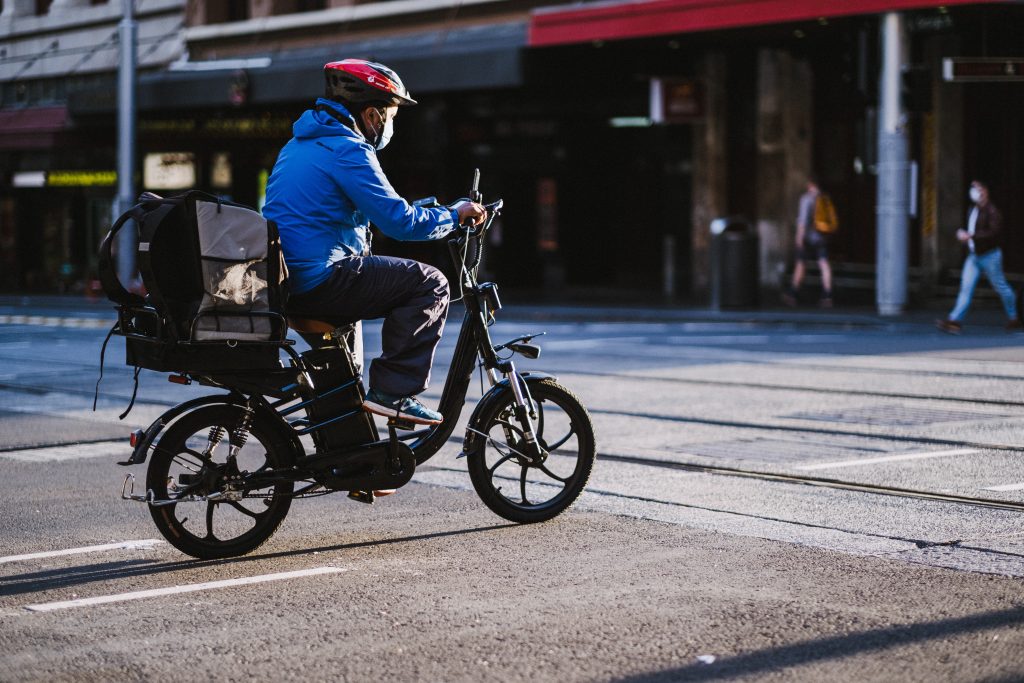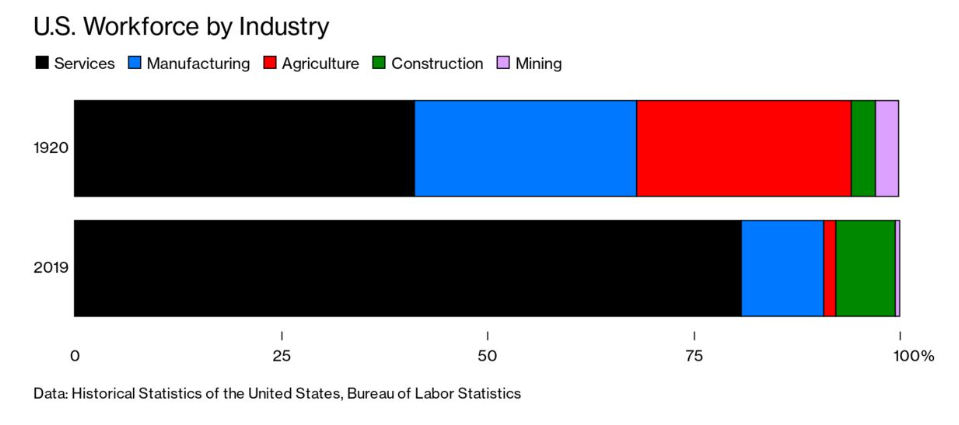#1. COVID-19 exposes cracks in the social contract
“As western leaders learnt in the Great Depression, and after the second world war,” writes the UK’s Financial Times, “to demand collective sacrifice you must offer a social contract that benefits everyone.” The paper argues that the COVID-19 pandemic shows that the social contract is no longer benefiting all. That view is echoed by The Brookings Institution, which argues that unemployment insurance needs to be reformed. Meanwhile, billionaire short-seller Jim Chanos argues that gig economy firms will be damaged by the pandemic because taxpayers have had to pick up much of the bill to support their workers during the crisis. The crisis is stretching the social contract as we know it and making clear that we need a rethink. All workers need social protection, regardless of the form of work.

#2. Women, young people and low-earners hardest hit by job cuts
The International Labour Organization says the pandemic will wipe out almost seven percent of working hours in the second quarter of 2020, which is equivalent to 195 million full-time workers losing their jobs. More than a billion workers around the world are likely to face financial hardship as 80% of the global workforce have seen their workplace close, either fully or partially. Particularly hard hit are women, the under-25s and low earners, according to multiple reports. This is a further reminder that we need sufficient protection in place and that it must be designed to benefit those workers who are worst affected by the economic effects of the pandemic.

#3. Guidelines issued for cross-border workers
The European Commission has published guidelines for workers whose occupations require movement across borders, such as those who live in one country but work in another. The guidelines attempt to ensure that workers who cross borders, including healthcare workers, transport workers, and those working on critical infrastructure, are treated in the same way as nationals. For example, they should receive the same health screening as nationals and should be allowed to continue performing their work if that work is still permitted under the rules of the host country.

#4. The accelerating pace of workplace change
A new study argues that the pandemic is pushing employers to prioritise employee health and financial wellness, as well as offering training to offset future disruptions such as workplace automation. These issues needed to be addressed but COVID-19 has accelerated the timetable, according to the report, 2020 Global Talent Trends. The study finds that HR functions will need to be transformed to meet coming challenges, none of which have been made easier by the current situation.

#5. A century of change in the workforce
A quarter of the US population in 1920 worked in agriculture and another quarter were in manufacturing. That was the picture two years after the flu pandemic struck. A century on, Bloomberg reports, and the US is in the grip of another pandemic, but the structure of the workforce is very different. Just 10% of workers are in manufacturing today and only 1.5% work in agriculture. Today, 80% of workers are in the service industry, which is double the proportion from 1920. The change in working roles has an effect on efforts to control the spread of the virus. The farmers of a century ago would have been naturally isolated, while today’s workers are more likely to work alongside others.

